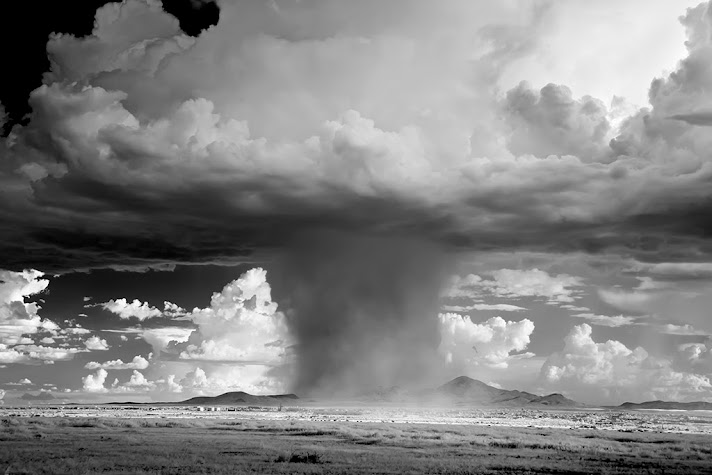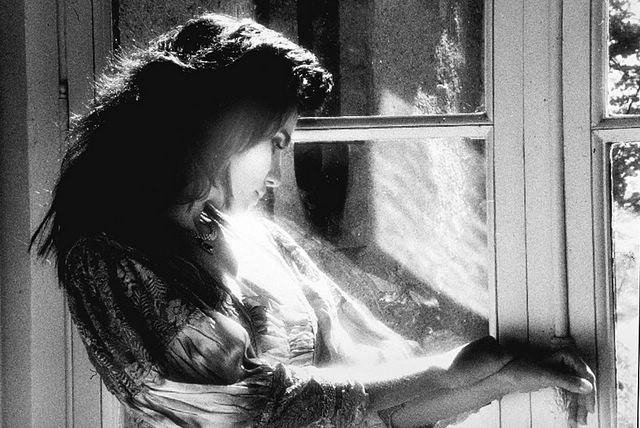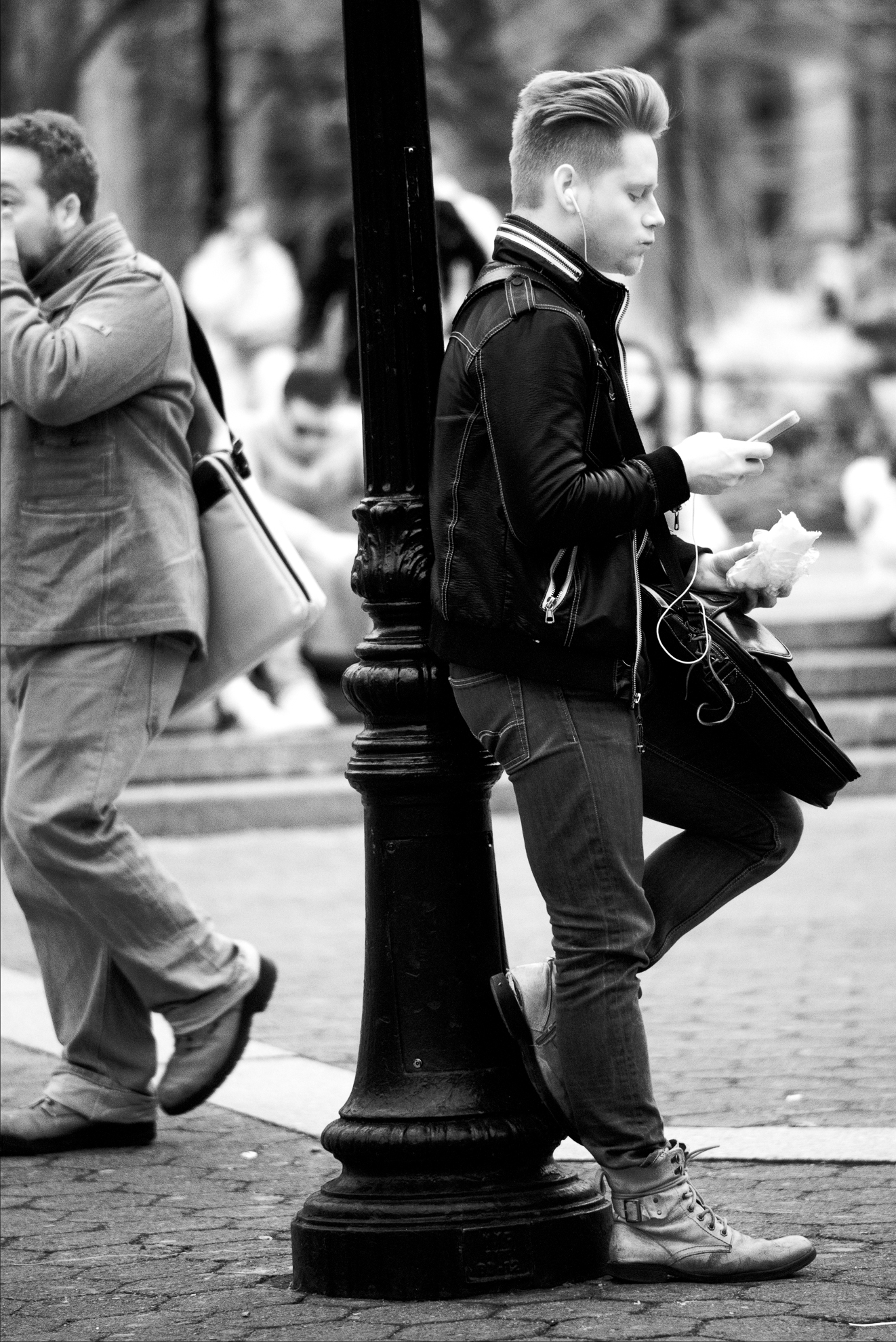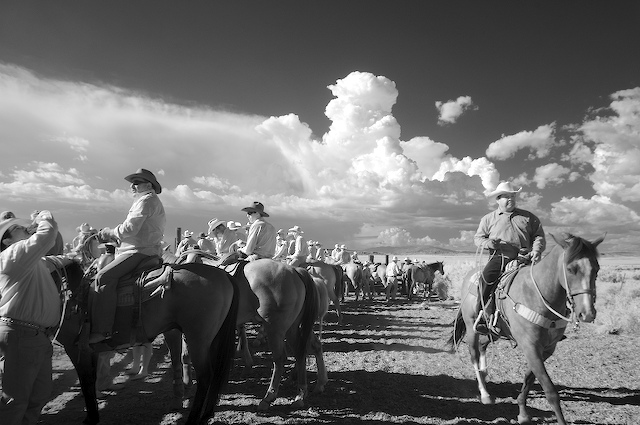Digital Still Cameras
You can jump to the IR Camera section of our online store by clicking here.

We have point and shoot as well as Digital Single Lens Reflex (DSRL) cameras. We many types of camera conversions. Depending on the camera model, different conversions are options.

We convert every current model from Canon, Nikon and Sony as well as a variety of other makes.
We often get similar questions from customers about our cameras and will answer some common ones.
Which camera is the best for me or which one performs best?
We often get asked this question. The answer is not the simple because we need to know more about how you want to use the camera and how much you are comfortable spending. Do you already have an investment in DSLR lenses? Do you want a dedicated IR-Only body which is simple to use or would you like a more complex UV+IR+Visible DLSR. Or do you want a simple point and shoot camera that you can use like a normal camera or IR camera by changing the filters on the front?
All the camera sensors, CCD and CMOS, are based on silicon so they all have the same basic sensitivity to IR. However, the larger sensors have a greater surface area to gather photons so they have less noise and better IR sensitivity, all other things being equal. Although the pixels of today are much smaller than the pixels of old, the electronics and software processing has gotten much better. The best way to know if one camera will be better than another in IR is to compare it's stock visible light performance with another camera. If the camera performs well as stock, it will also perform well converted.
If you are trying to save money, a point and shoot IR+Visible+UV camera is probably the best choice. Since the point and shoot cameras have an Electronic Viewfinder (EVF) and use the image sensor for previewing the image, what you see is what you get. If you are shooting landscapes and want to use a DSLR with the least headache to take an IR picture, then a dedicated IR-Only DSLR camera is probably the best choice. If you want maximum flexibility to use your camera for Ultraviolet, Visible and IR work and are willing to pay the costs for extra filters and camera setup time, the an UV+Visible+IR conversion is the best choice.

Will my IR camera take a black & white or color picture?
It depends. These converted cameras do not know they have been converted. For all the camera knows, it is taking a normal color picture. Keep in mind that the reason these cameras can take a picture in the infrared is that the red, blue and green color dyes on the image sensor also happen to transmit light in the infrared. If you look at the blue dye light transmission curve, you will see the curve opens up in the blue and blocks out green and red. Then in the IR, the blue dye happens to open up again. The same thing happens to different degrees for the red and green dyes. This is why the manufactures have to put in an ICF in the camera. If they didn't, the camera wouldn't know if it was looking at blue light or where the blue dye happens to open up in the IR.
An IR-Only camera still thinks it is taking a normal color picture. If the camera White Balance (WB) is set to automatic, the camera will have a very red or purple looking image because the red dye is the most open to IR. If your camera can set a custom white balance using a white card, you will get a mostly monochrome image. Best results are going to be by shooting in RAW and then doing your color to B&W conversion in post processing software like Photoshop. There are many different techniques for IR post processing. We often see the red and blue channels switched so that sky are blue. Another technique is to throw out the blue channel because it is the least open to IR and hence the noisiest. Another neat trick is to use a IR+Visible camera to take a normal picture and an IR picture of the same scene. Then convert the IR picture to black and white and layer it behind the color picture. Set the transparency of the color layer to 30% and the IR picture will have the effect of creating dramatic highlights. Another interesting trick is to create various colored files in Photoshop, copy them onto a memory card, and use them to set different white balances.

A good source for IR photography and post processing is from Lloyd Chambers at http://diglloyd.com/diglloyd/infos/GuideToDigitalInfrared/index.html
